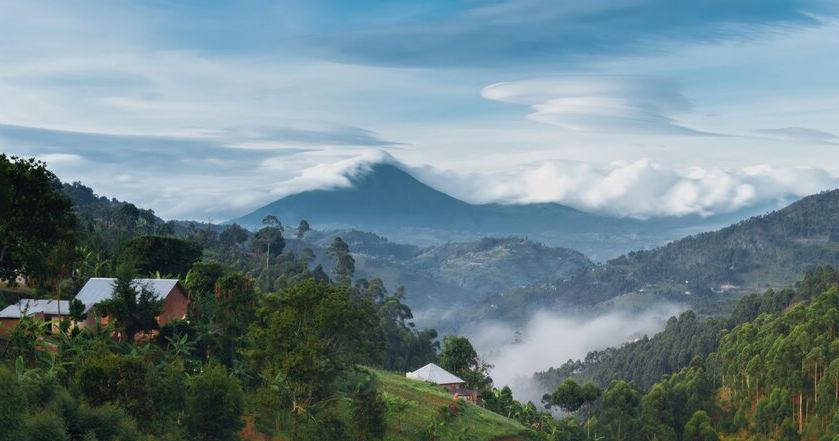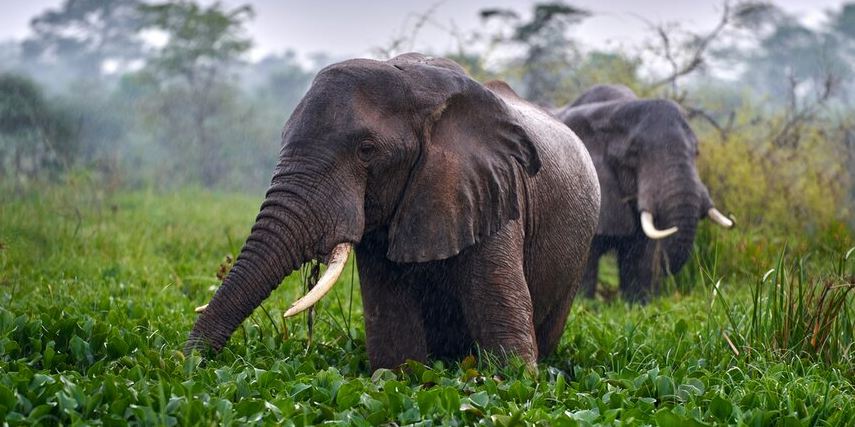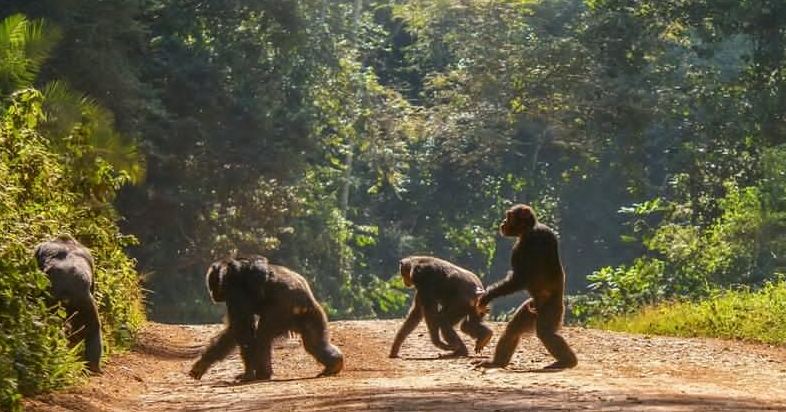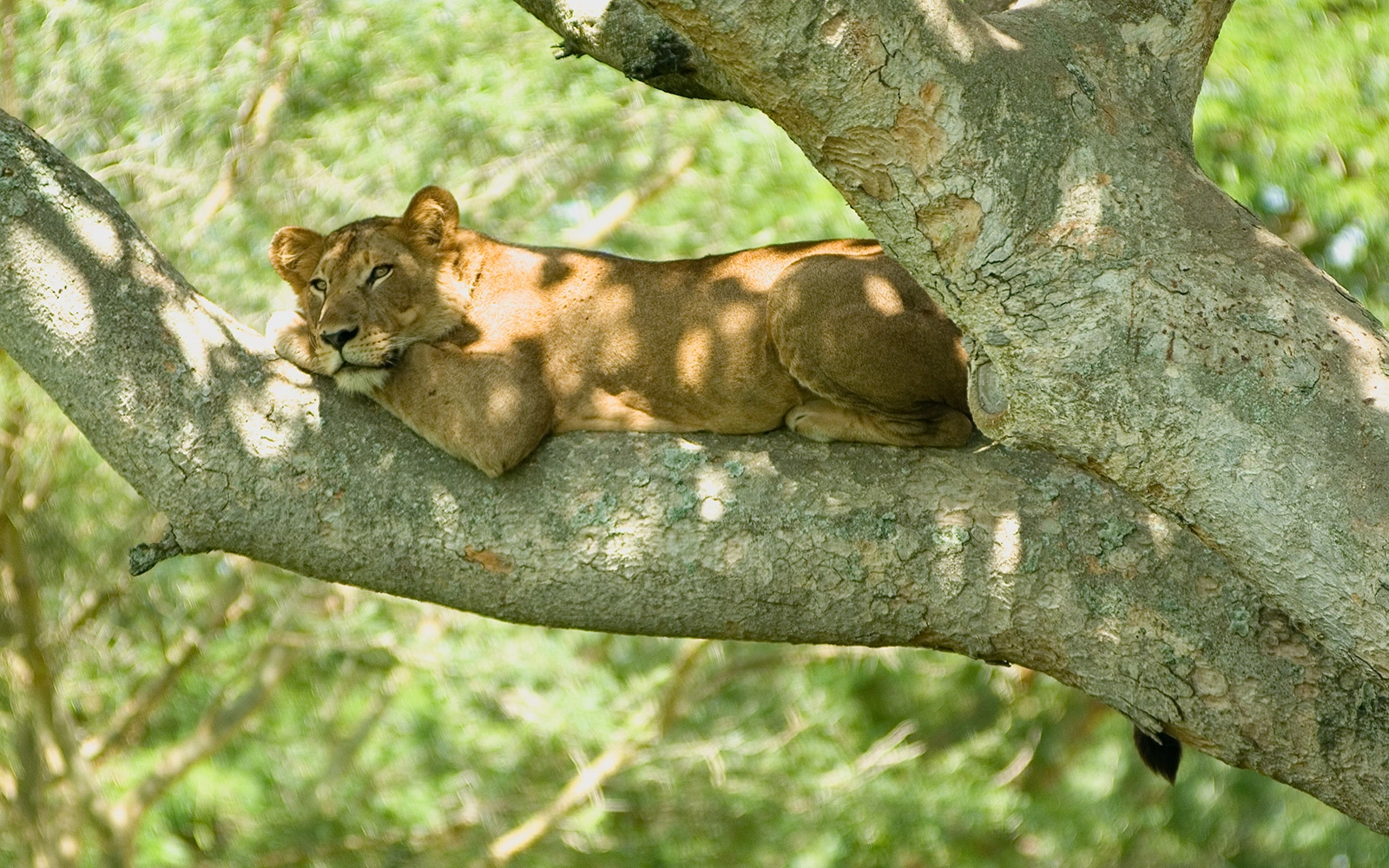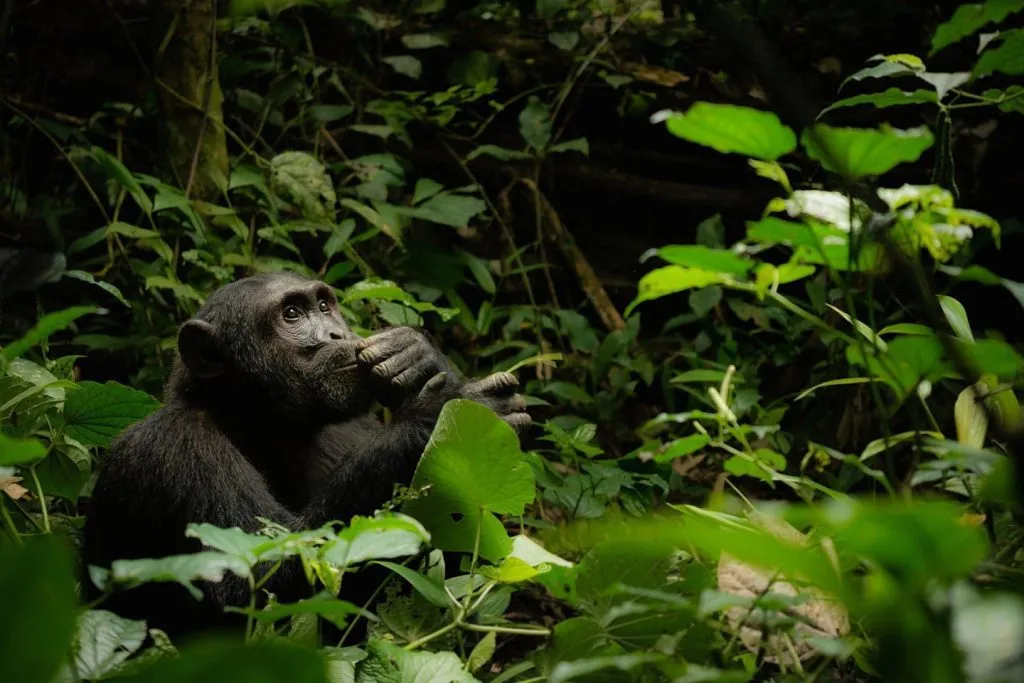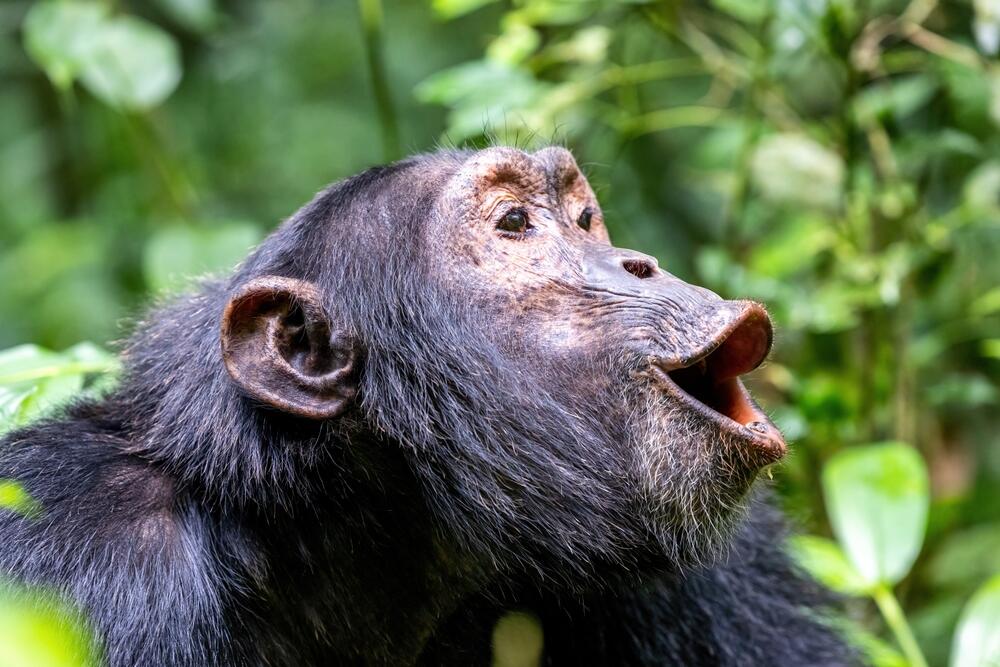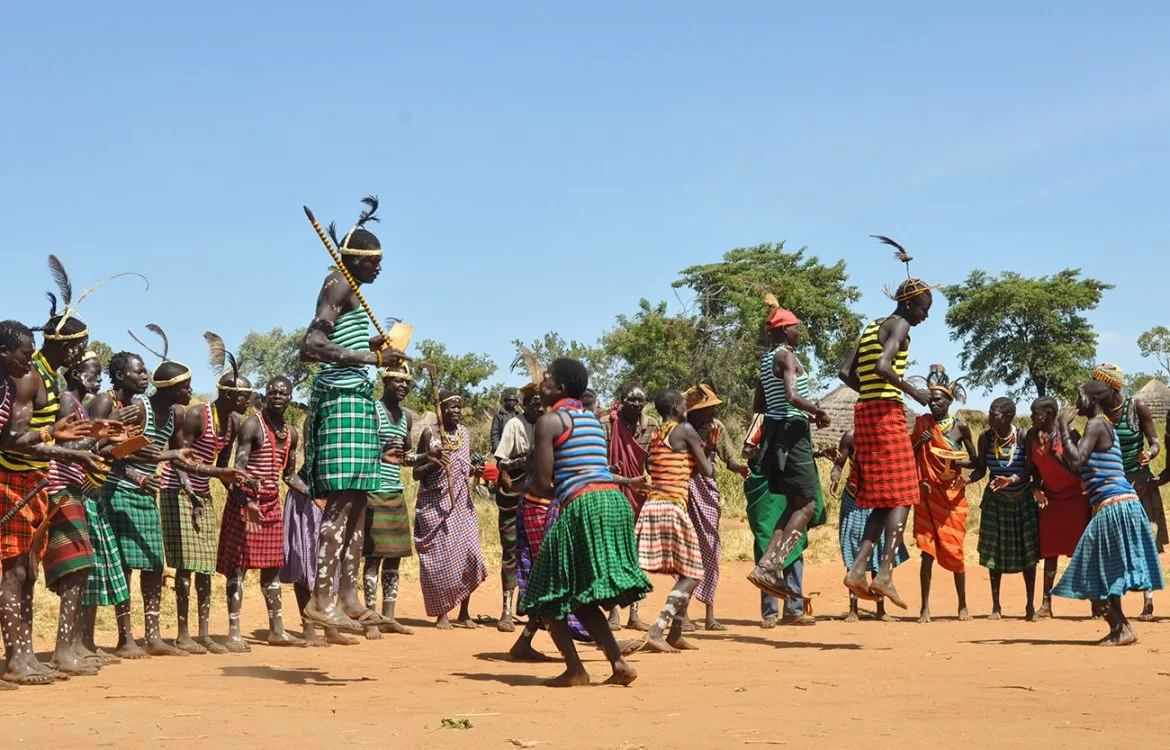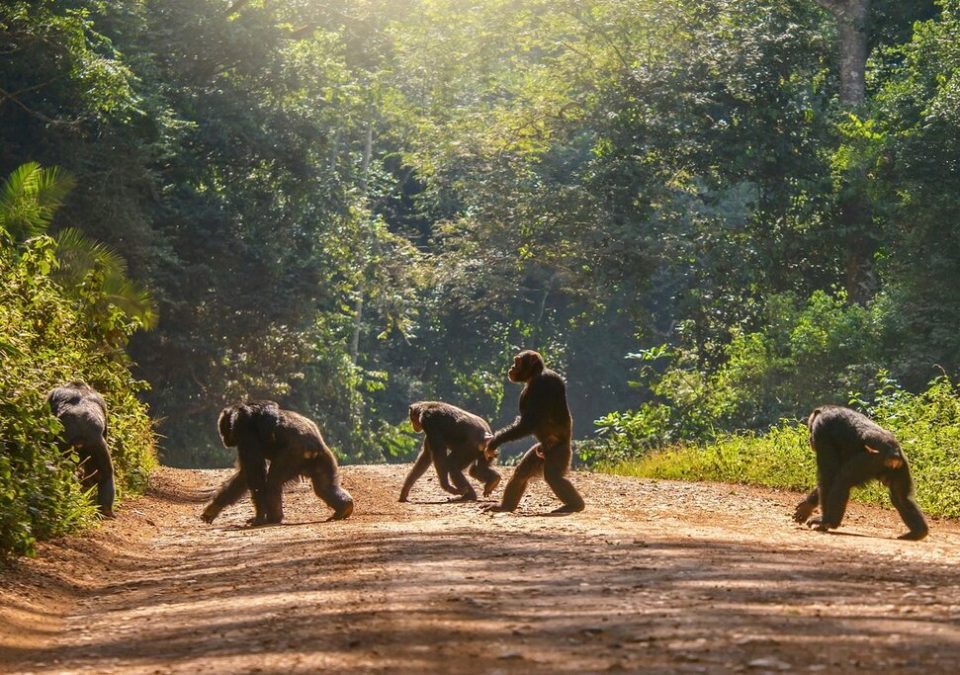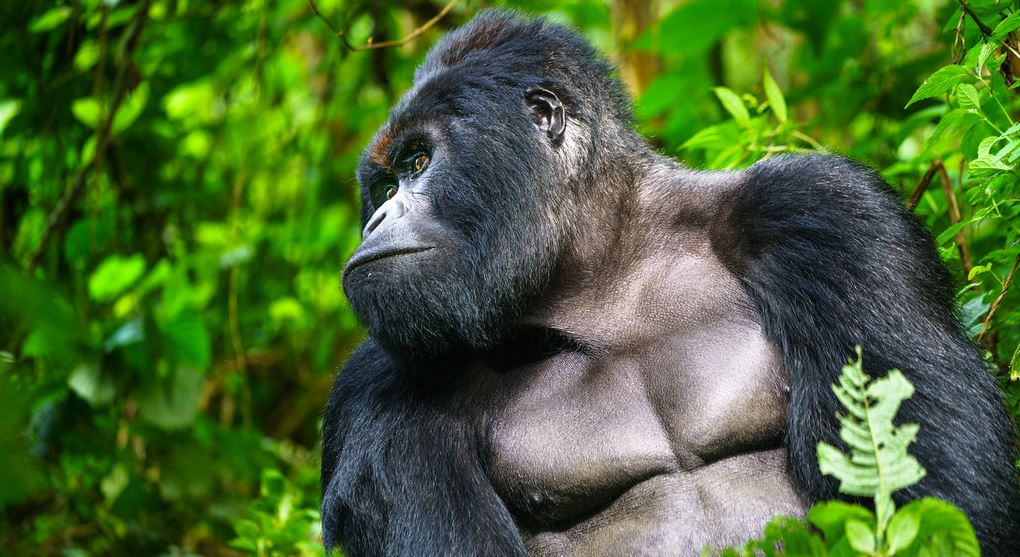Table of Contents
ToggleMarch sees the beginning of the “long” rainy season in Uganda, which lasts from March to May. It is not the best time to visit Uganda but this does not mean that Uganda in March is off-limits. During this time, expect long, heavy showers every afternoon and evening, but as long as you come proper gear, a rainy season visit can be completely rewarding.
While heavy rains can impact the roads, the vegetation will be lush, and flowers will bloom across the country. Bird watching enthusiasts can rejoice in March as the heavier rains prompt avian migration, so keep those binoculars handy!
Murchison Falls National Park is an excellent place to spot a few of Uganda’s 1097 unique and colourful bird species, and the area will be noticeably quieter during this off-season. And if your focus is on getting to know Uganda’s cultures, and exploring away from the crowds, March can be an ideal time to explore Uganda.
What is the weather like in Uganda in March?
The weather in Uganda unlike other countries in the world is mainly distributed into two seasons- rainy season and a dry season. Uganda has two wet/rainy seasons starting from March to May and September to November.
The daytime temperatures in Uganda in March average around 28°C/82°F and morning temperatures around 16°C/61°F. It will be colder in the Uganda gorilla safaris parks at high altitudes and warmer in the north. Tourists can expect heavy rainfall towards the second half of the month. Humidity is very high during this season.
Why Visit Uganda in March?
Whether you are after crazy wildlife encounters or want to make the most of fewer crowds in Uganda National Park, here are some reasons why you should visit Uganda in March.
1. Discounted prices:
If you prefer to economize on your safari vacation in Uganda, you may decide to choose to travel in March. During this time, tourist traffic becomes low and many hotels, camps, and lodges offer discounted lower season rates on rooms. This can help you cut back some costs of the trip. This is also a great opportunity to carry out gorilla trekking on a budget.
2. Wildlife safari:
Although wildlife in Uganda Savannah National Parks is easier to spot during the Dry season, you will still see plenty in March. There are also many newborn animals. You may spot baby gorillas, baby elephants, baby chimpanzees, and baby baboons.
4. Excellent bird watching:
In March, birdwatchers on Uganda birding tours will be treated to an array of colourful, winged beauties as the heavier rains prompt avian migration, so keep those binoculars handy!
5. Fewer crowds:
Although Uganda receives few visitors compared to the neighbouring countries of Tanzania and Kenya, March in Uganda can be a blessing if you want to truly escape tourist crowds. While all wildlife reserves and national parks are still in operation, the sparse foot traffic of the low season makes Uganda safaris more manageable.
6. Lush landscapes and stunning photo backdrops:
The scenery the savannah game parks of Uganda in March is greener. This is a fantastic time to take photographs, as the skies are often filled with dramatic clouds and colors that can create stunning backdrops for wildlife and landscape shots.
7. Easier to get a gorilla permits
It is frustrating to plan a Uganda gorilla trekking safari when you cannot secure a gorilla trekking permit. This can happen to those who want to a last minute gorilla trekking tour during a high season. But the low season saves you from the hustles of finding permit availability, allowing you to fix your desired travel dates. It allows booking at last minute because there are few travelers interested in enduring the wet weather.
Where to Go in Uganda in March
March is a great time to tours the National Parks of Uganda without the crowds on an 8-day Uganda wildlife and nature trip. Begin in Entebbe, the ideal spot to get your bearings in the country, and admire the flourishing greenery in Entebbe Botanical Garden.
Then, head northwest to Ziwa Rhino Sanctuary, which in March is the ideal to encounter Uganda’s only wild rhinos and for birders to watch for everything from Meyer’s parrot to the incredible shoebill stork – especially in Lugogo Swamp.
Continuing your tour northwest, you will soon arrive at Murchison Falls, which will be spectacular thanks to the increased precipitation, with water cascading through rocky gorges. It is also worth spending a day inside Murchison Falls National Park, searching for lions, elephants, leopards, buffalos, and the national bird of Uganda, the grey crowned crane.
Next, you head south to Kibale Forest National Park, which is home to the highest density and diversity of primates in East Africa including over 1500 chimpanzees.
In west-central Uganda is the country’s most popular safari park, Queen Elizabeth National Park which is known for being the home of tree-climbing lions, plus hundreds of hippos, large herds of elephants, buffalos, antelopes and over 600 bird species.
Split your time between the Kazinga Channel and Kasenyi sectors to see large mammals and countless birds preparing for their yearly migration.
Continue your safari further southwest to Bwindi Impenetrable Forest National Park, the home of Mountain gorillas. As food is plentiful in the national forest park due to the rain, you will not have to trek as deep into the jungle to spot these great apes.
Visit Uganda in March
The Uganda tour itineraries below showcase just some of what is possible. Use these itineraries as starting points, or to draw inspiration. Then get in touch, and let our expert team of safari help craft the perfect itinerary for you.

